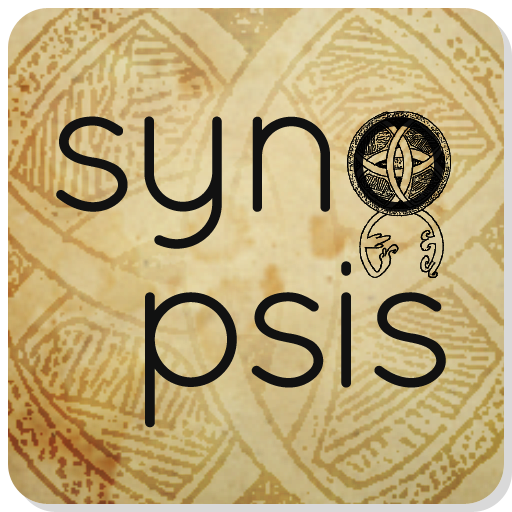🔘 IN GR TR AL OF CO xxxxx 1️⃣ 2️⃣ 3️⃣ 4️⃣ ✅ 6️⃣ 7️⃣ 8️⃣ xxxxx AN RP IV alia
0030 IN Domine in tua misericordiaModus 5
GT 278 - GN 1/248 - BzG 39/23 xxx ⏹️
„speravi“
Alle adiastematischen Handschriften führen die Sca-Graphie zum „la“, dann folgt Clv-Graphie „sa-sol“, alle jüngeren diastematischen Quellen schreiben einen 4tonigen Sca „fa-sol-la-sa“ und unisonische Fortsetzung. Ausnahme ist Kl und E. Kl schreibt wie die adiastematischen. Auch E schreibt nur einen 3tonigen Sca, korrigiert aber den letzten Ton durch 'levare' und 'equaliter' zum „sa“. Hier steht nicht ost gegen west, sondern alt gegen jung. E ist Zeuge dieses Übergangs und steht bereits auf der Seite der beginnenden 2. Gregorianik.
„bona“ Unmittelbar nach der fallenden Linie „do-si-la-sol“ ist ein „sa“ wenig wahrscheinlich. Die Frage ist, was bedeutet die Virga strata. Meint sie den Ton über über der Semitonus-Stufe, dann ist es doch ein „sa“. Das ergäbe die Chromatik der 5.Modus-Kadenz.
A Dómine ) in tua - misericordia▪️ speravi▪️
B exsultávit cor meum - in salutari tuo▪️
C cantábo dómino ) - qui bona tribuit mihi▪️
Die drei Zeilen des Textes sind grundsätzlich zweiteilig (Incipit - Terminatio), bestehen aber aus drei Elementen ( Incipit - Mediatio - Terminatio.)
Die Terminationes enden mit CAD mega. Die Incipites steigen vom „fa“ zum „la“ auf, A und C kadenzieren mit Kleinkadenzen, B steigt zum „do“ rezitiert und endet dort (Mediatio-Formel). C Terminatio verwendet die Chromatik der 5.Modus Kadenz, A hingegen hat zwei Schlüsse, den ersten bereits mit „misericordia“.
Im Sinn des Parallelismus membrorum bilden die ersten zwei Zeilen einen Chiasmus, die dritte Zeile folgt synonym: AB-BA-BA.
Herr, ich habe auf dein Erbarmen gehofft.
Mein Herz jubelt über deine Hilfe.
Singen will ich dem Herrn, der mir Gutes getan hat.
Lord, I have hoped for your mercy.
My heart rejoices in your help.
I will sing to the Lord, who has done me good.
“speravi”
All adiastematic manuscripts lead the sca-graphy to “la”, followed by clv-graphy “sa-sol”, all more recent diastematic sources write a 4-note sca “fa-sol-la-sa” and unison continuation. The exception is Kl and E. Kl writes like the adiastematic ones. E also only writes a 3-note sca, but corrects the last note by 'levare' and 'equaliter' to “sa”. Here it is not east against west, but old against young. E is a witness to this transition and is already on the side of the beginning 2nd Gregorian.
“bona” Immediately after the falling line “do-si-la-sol”, a “sa” is unlikely. The question is, what does the virga strata mean? If it means the note above the semitone step, then it is an “sa” after all. That would result in the chromaticism of the 5th mode cadence.
A Dómine ) in tua - misericordia▪️ speravi▪️
B exsultávit cor meum - in salutari tuo▪️
C cantábo dómino ) - qui bona tribuit mihi▪️
The three lines of the text are basically in two parts (Incipit - Terminatio), but consist of three elements ( Incipit - Mediatio - Terminatio.)
The Terminationes end with CAD mega. The incipites ascend from “fa” to “la”, A and C cadence with small cadences, B ascends to “do” and ends there (mediatio formula). C Terminatio uses the chromaticism of the 5th mode cadence, whereas A has two endings, the first already with “misericordia”.
In the sense of parallelism membrorum, the first two lines form a chiasmus, the third line follows synonymously: AB-BA-BA.


